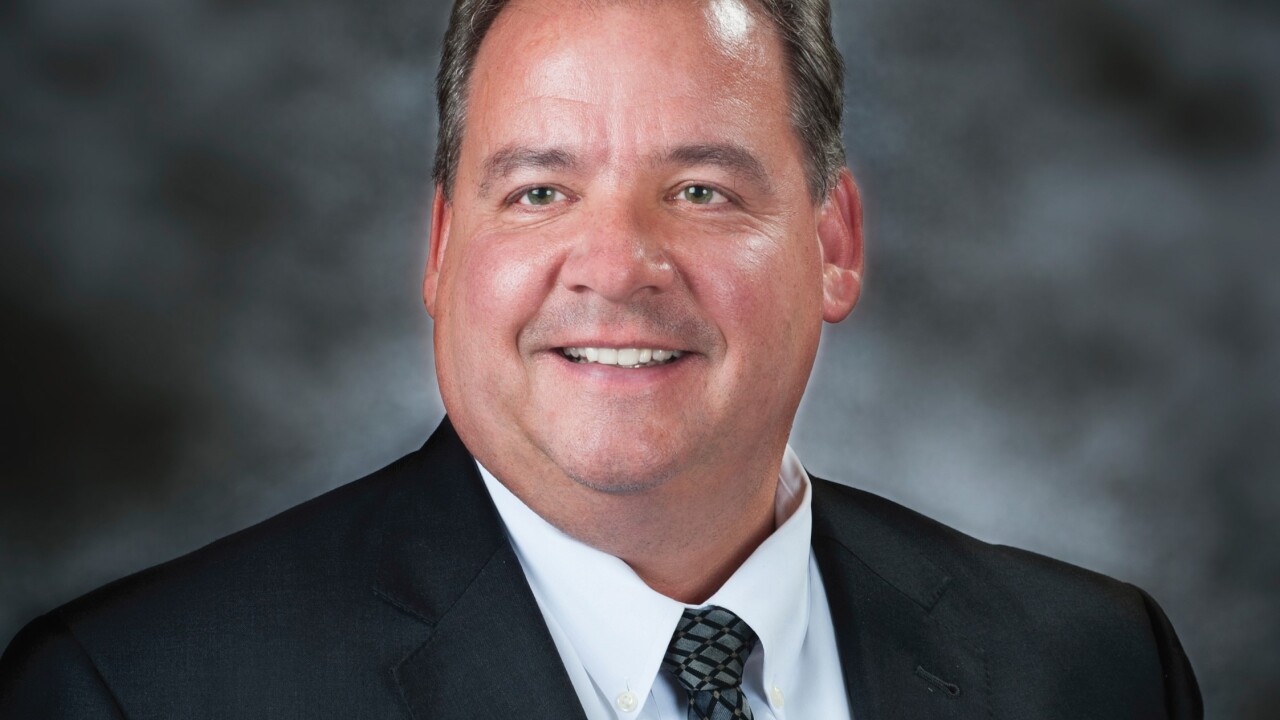Chuck Ogilvie, chief strategy officer of S1 Corp., says that the Internet banking software firm expects to turn a profit in the fourth quarter, an event that would be a major turnaround from the disaster of the last quarter.
A frenzied acquisition spree, during which the Atlanta company gobbled up seven companies in three years, set the company back in a big way last quarter when it took a $778.4 million charge for goodwill that inflated its net loss.
With the one-time charge behind it, S1 says it is hoping for a healthier 2001. It has begun consolidating its tangle of brands and products into a single extensive product set and streamlining its numerous sites and management teams.
It was absolutely a requirement that we simplify, Mr. Ogilvie said. There is so much content people need to absorb. Having one brand, one message, is essential.
All of S1s products will now bear the S1 brand, and all divisions within the company, such as Q Up, a supplier of Internet software to community banks that formerly had its own brand, will carry the S1 logo.
S1s acquisition tear began in 1998 when it bought SBD Inc., an Atlanta systems integrator. The next year it acquired Edify Corp., its main U.S. Internet banking software competitor, and reached abroad for Fics Group, a Brussels Internet banking software provider. S1 also bought the account aggregator VerticalOne but later sold a 66% stake in it to Yodlee.com Inc.
Last year S1 bought Q Up of Austin, Tex.; Davidge Data Systems, a New York middleware company for the brokerage industry; and LevelNext, a Colorado Springs developer of global trade banking systems.
After the acquisitions S1 was not a very tight story, said Luke Fouke, an analyst and senior vice president at Friedman Billings Ramsey & Co. in Arlington, Va. S1 did not have an elevator ride story it could not tell someone during the course of an elevator ride what it did, he said.
But the acquisitions did more than create brand confusion, Mr. Fouke said. Financial estimates were never met because they didnt really know everything about what they acquired, he said. They gave out estimates that were aggressive, best-case estimates, and they thought they were going to beat them.
The fourth-quarter charge is a testament that the company bit off more than it could chew, Mr. Fouke said.
On Feb. 13, S1 posted a fourth-quarter loss of $813.4 million, or $14.45 a share, nearly seven times what it had lost a year earlier and more than twice analysts expectations. On Jan. 18 the company had said it would report a loss of $318 million to $371 million, or $5.64 to $6.58 a share.
The companys stock closed Friday at $7.31 a share, down 8.7% from last Friday.
Mr. Ogilvie said the company learned only after the Jan. 18 guidance that it would be able to take the whole acquisition-related charge last quarter. He pointed to the firms fourth-quarter loss of $27.9 million, or 50 cents a share, before interest, taxes, depreciation, and amortization, as a truer measure of its health.
Some of S1s acquisitions just did not work out, Mr. Fouke said. Edify, for example, was a disaster, he said.
S1 discontinued an Edify Internet banking product in November 1999. Jaime Ellertson, who became S1s chief executive officer in November 2000, said this move delayed customer implementations and resulted in losses of $4 million to $6 million in the fourth quarter.
Mr. Ogilvie said that the acquisitions, combined with products developed in-house, have given the company an extensive product set that extends beyond its core business of Internet banking.
S1 can now help financial institutions offer consumer and corporate banking, small-business, brokerage, and insurance services. Furthermore, last Thursday it announced that it will introduce wealth management services this summer, he said.
Mr. Ogilvie said the company is more than an Internet banking play and he expects online banking to generate less than 25% of new business this year.
Mr. Fouke said that this quarter S1 has cleaned up shop and fixed its balance sheet. They are headed in the right direction. Whether they are fully integrated at this point is anybodys guess, though."





